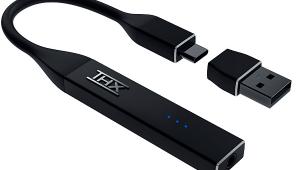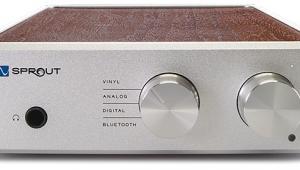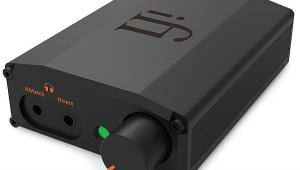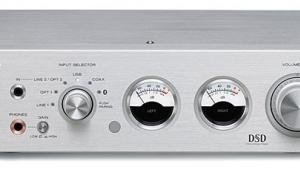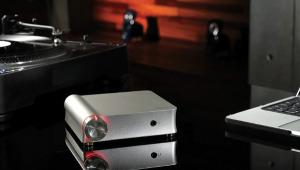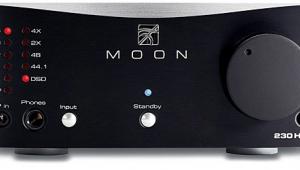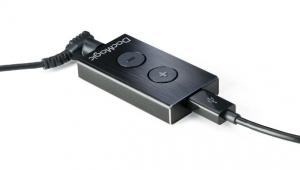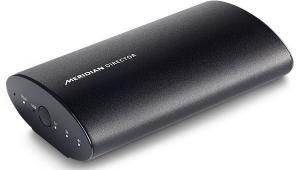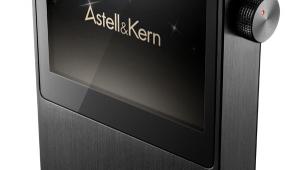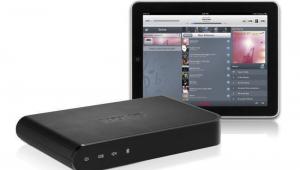Korg DS-DAC-10R Hi-Res Digital Recorder Review Page 2
Once you have completed your recordings, edited the files, and assembled a playlist, you can burn it to a CD or transfer it to another device.
DSD recordings can also be burned to optical disc, using recordable DVDs formatted as DSD discs. One big limitation of the DSD format is that editing in its native format is basically impossible, so as with all DSD editing platforms, the DS-DAC-10R converts the file to PCM to perform editing functions. Korg makes a point that their DSD editing system keeps the converted PCM signal at the same sampling rate as the original DSD stream (2.8 MHz or 5.6 MHz) to maintain the highest possible fidelity.
The DS-DAC-10R’s headphone amplifier is rated to deliver up to 70 mW peak per channel at 32 ohms. That’s fine for the majority of headphones but might fall a little short with some of the tougher-to-drive models. I used it mostly with my Sennheiser HD-650s, which the Korg had no difficulty handling.
Listening
As with any audio recording device, my goal with the DS-DAC-10R was to see how sonically transparent it was to the source, which in this case meant a vinyl record.
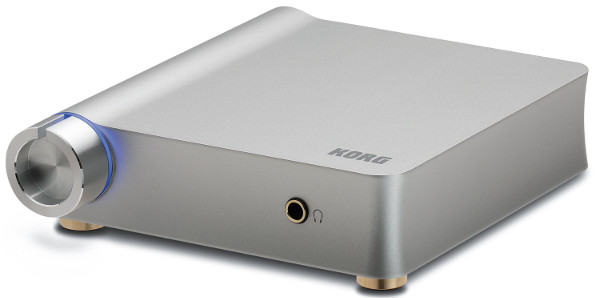
I started by transcribing that old hi-fi demo chestnut from decades past, “More Than This” from Roxy Music’s final studio album Avalon. For those of us who grew up recording to analog tape, there’s always a temptation to push your levels up into the red, but with a digital recording system like the DS-DAC-10R, you’ll quickly discover that this is strictly verboten. The dynamics on many recordings can catch you out, so it’s important to be pretty conservative with your settings if you want to avoid some nasty digital clipping that will send you back to square one. With the Roxy Music song, I recorded the track using four different settings. First, using DSD at both sampling frequencies, and then with PCM at both the highest- and lowest-resolution settings available. The Korg will allow you to monitor the signal from the source as you record through either the headphone jack or line output, but because the phono stage always converts the signal to digital, this really doesn’t give you a true comparison to the pure analog original. Therefore, to make a fair comparison, I reconnected the turntable to the phono input of my Croft preamp and hooked up the Korg’s line output to a line input on the same preamp. Using a test tone I had recorded earlier from a test LP, I was able to match the levels of the direct turntable signal and its recording within a fraction of a dB, making the comparison as fair as possible.
The first thing that struck me was just how much like the direct analog signal all of the digital copies sounded. There was no shortage of the kind of breathing space around the instruments and broad spectrum of tonal colors that normally sets analog apart. If you blindfolded me and asked me to guess whether I was hearing the vinyl or the digital copy, I’d probably say it was the vinyl most of the time. Closer listening revealed clear if rather subtle differences, but most of that was likely caused by the different phono preamps being used.
More interesting was the comparison between the different digital formats, with slight but definite improvements in fine details like the shimmer of the cymbals and the reverb tails on the drums when you switched to the higher PCM sampling rate and bit depth settings. High-resolution PCM really excelled at capturing fine low-level details, such as the sense of space on a 1973 live recording of Concentus Musicus Wien playing Vivaldi’s Flute Concerto No. 2. The ensemble was recorded from an uncomfortably close position, but the ambient cues make it clear that the recording was made in an enormous church. Sometimes this type of detail can be heard even at standard CD-level (44.1 kHz/16 bit) PCM, but the higher-resolution settings simply bring everything into even finer focus, making the subtleties more apparent and easier to pick out.
Switching to DSD resulted in another small but definite click upwards in realism, although at times it took very focused listening to hear a repeatable difference. One deciding factor when picking your recording format could be the amount of hard-drive space you have, because DSD has a voracious appetite for your bits and bytes. One full album will eat up about 4 gigabytes, so you may want to save it for your most precious albums.
Conclusion
With over 10,000 records lining my walls, I guess it’s fair to say that I love my vinyl, but taking them with me when I travel is clearly not an option. I have reviewed several other ways to digitize vinyl in the past, but none of them included the ability to record using my own carefully optimized turntable, along with the ability to record using DSD. The Korg DS-DAC-10R gives me those features at a price that seems eminently reasonable by audiophile standards. Once you get the hang of it, making recordings is pretty easy, and the results are definitely worth the effort.
